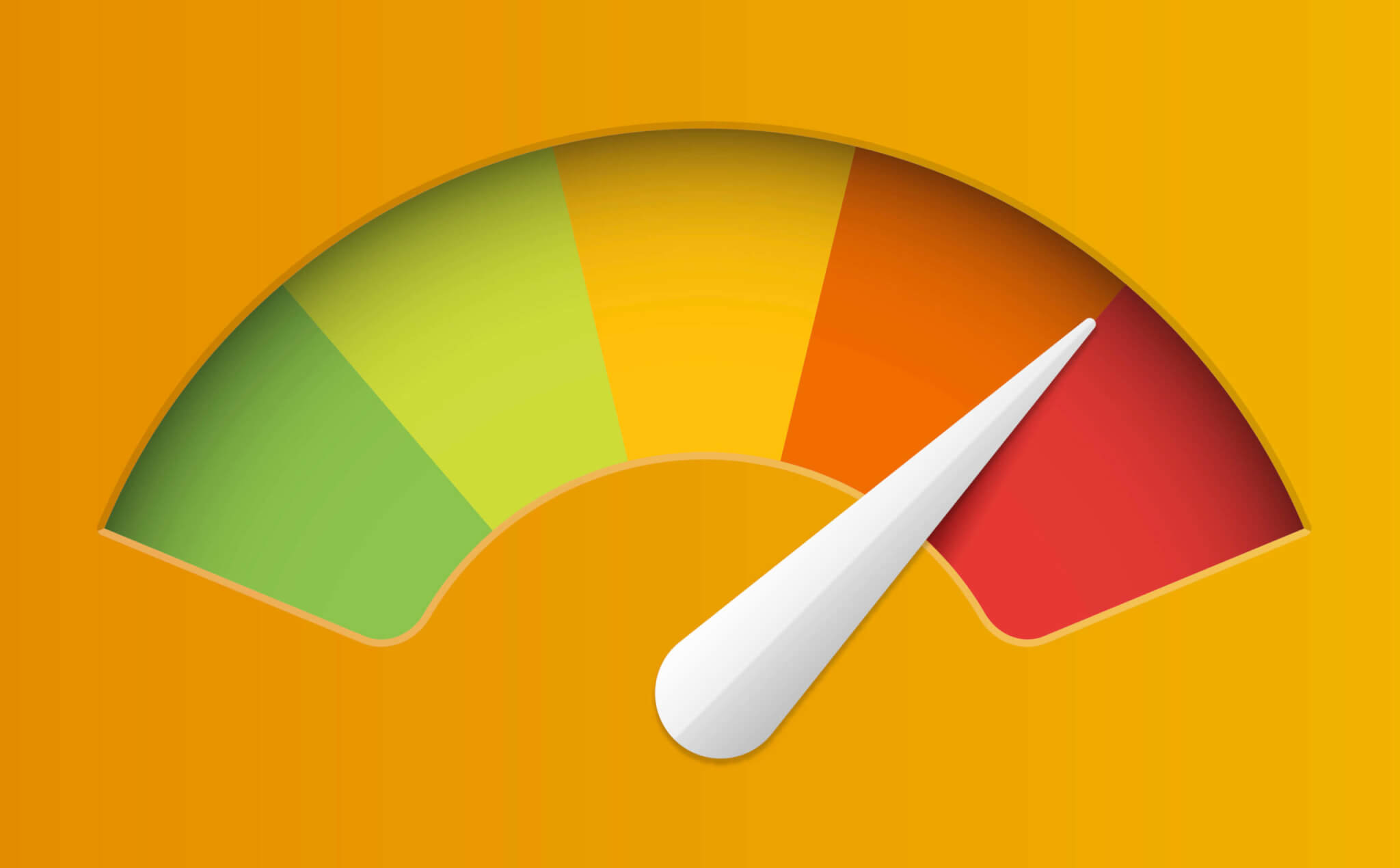One of my favorite design quotes is from David Ogilvy. “If it doesn’t sell, it isn’t creative.” One of the reasons I like this quote so much is because design is inherently subjective. What is creative to you might be something entirely different to me. But the metrics, whether it sells, are not subjective. And if something doesn’t sell, then it doesn’t matter how creative the marketing was.
Form Over Function
As a designer, I’m always asking myself is this “good design,” but the concept of good vs. bad design is flawed. How can something subjective be classified as good or bad? I think what people often refer to as “good” design is “pretty” design. Or design that follows accepted design standards. These are things like spacing and margins, trendy color choices, popular typography, and hierarchy. All these design choices are about aesthetics. They’re only about form and often forms that appeal to designers. Instead, “good design” should be evaluated on how it functions and how well it communicates to a user. Because at the end of the day, designers aren’t creating art; we’re solving problems.
When “bad” Performs Better
So let’s say we design two different visuals, and the one we would classify as “bad” performs better. But how could it be bad if it’s working better? I think this has to do with knowing your audience. What visually resonates with users shopping for drywall tools is different than what resonates with users shopping for enterprise Saas solutions. The look should fit the user and not what suits me as a designer. The designer’s goal should always be to create visuals that resonate with the target market, and this comes with understanding your user’s needs and their aesthetics. By staying focused on function and user aesthetics, you’re always going to have a winning design. Then we can try to make it pretty. It’s the cherry on top. After all, we are designers and just can’t help ourselves.
